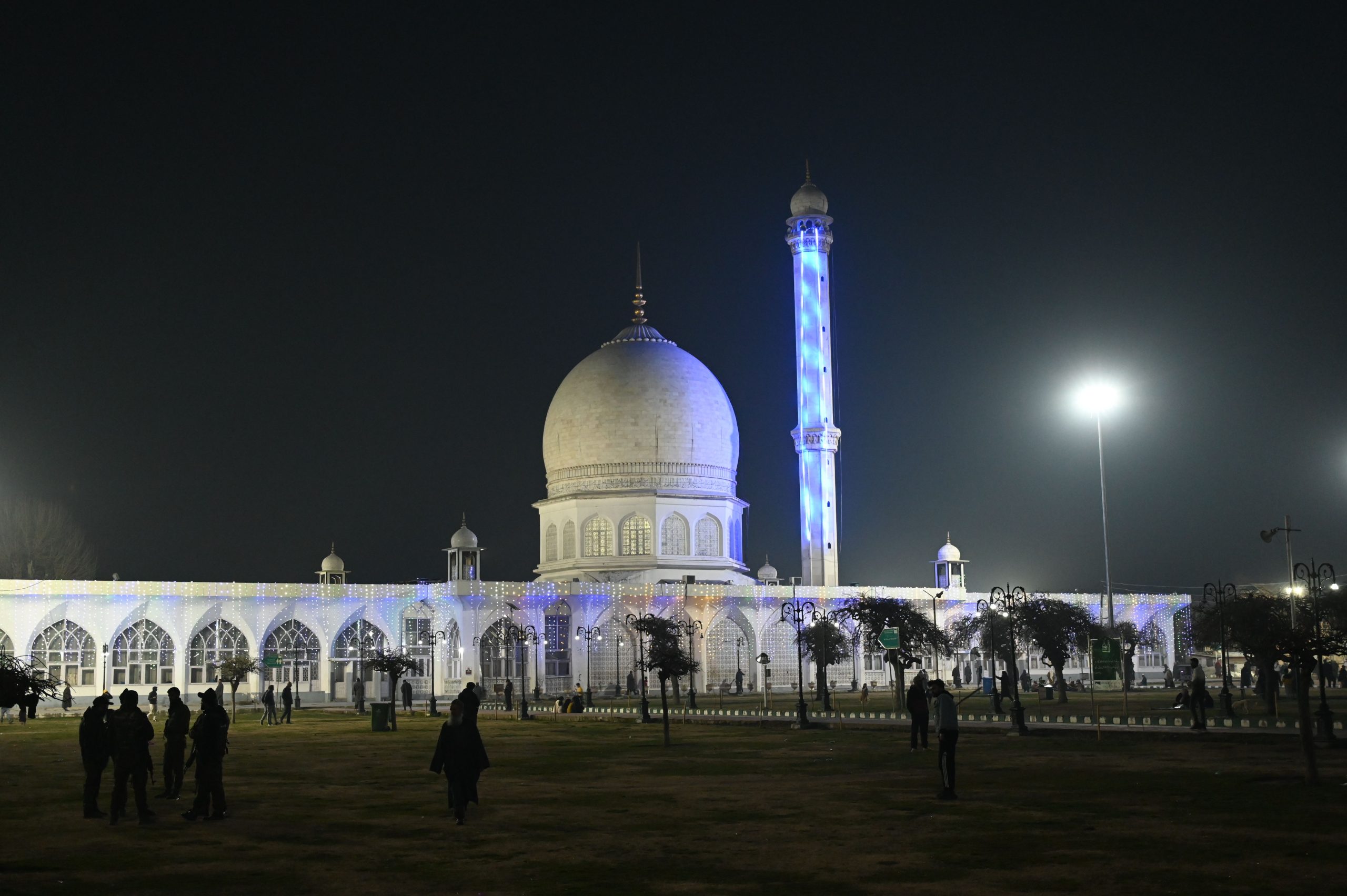By: Dipak Kurmi
There exists a widespread perception that once a commitment is formalized on paper, it becomes a reliable guarantee of its fulfillment. The belief grows stronger when the commitment is part of a legal document, and even more so when punitive clauses underline the consequences of violations. This notion, while powerful, is not infallible. As with many truths, it holds weight only to a certain extent. Beyond the surface of written agreements lies a deeper, more nuanced aspect of reliability: the temperament and integrity of the people involved.
Human interactions are deeply influenced by the weight individuals place on their words. For some, a promise carries the gravity of their character, and their spoken commitments are imbued with authenticity and conviction. These individuals align their actions with their words, forming the bedrock of trust in personal and professional relationships. On the other hand, there are those who treat their own words with such levity that they themselves remain uncertain of their promises’ worth. Their casual approach to commitments reflects an attitude of unpredictability that makes navigating relationships with them inherently difficult. Between these two extremes lies the vast majority of individuals, each exhibiting varying degrees of reliability and conviction, creating a spectrum of human behavior that is both fascinating and fraught with uncertainty.
This diversity in human attitudes towards truth and reliability adds layers of complexity to interpersonal and group interactions. Whether in formal organizational settings or informal social relationships, the lack of a uniform standard for reliability makes fostering trust a challenging endeavor. It is this variability in human behavior that necessitates the inculcation of correct values in group dynamics. However, such values cannot simply be “taught” as one might teach a skill. Values, like eternal truths, have remained consistent across civilizations. They form the moral compass that guides humanity, emphasizing what is right, harmonious, and sustainable. Despite this constancy, the practice of such values remains uneven.
In some cases, individuals choose silence over vocalizing their principles, avoiding the complexities of moral discourse altogether. However, silence is a double-edged sword. While it prevents confrontation, it also creates a vacuum where each person constructs their own norms, often leading to conflicting interpretations of acceptable behavior. In such scenarios, the behavior of the group’s leaders—both formal and informal—becomes critical. Leaders, through their actions and attitudes, shape the moral and ethical tone of the group. Whether consciously or unconsciously, members observe and emulate the leader’s conduct, using it as a benchmark for their behavior.
Positive recognition and collective agreement among leaders can help establish a cohesive framework of acceptable conduct. Yet, this is easier said than done. When a leader gains power through legitimate means, such as a formal position or merit, their authority often inspires respect and adherence. However, if power is obtained through manipulation, factionalism, or deceit, the foundation becomes shaky. Such power is precarious and can be easily challenged or lost. The resulting instability ripples through the group, creating an environment of distrust and discord that hampers both organizational efficiency and personal growth. This instability is particularly daunting for newcomers, who find themselves navigating a maze of informal power structures and unspoken norms without clear reference points.
The complexity multiplies when high turnover rates disrupt group dynamics. Frequent changes in membership create a sense of flux, making it harder to establish and sustain stable relationships. In such scenarios, simplicity emerges as the most effective antidote to complexity. Truthfulness, straightforwardness, and dependability form the cornerstone of sound human interactions. These qualities foster stable relationships, constructive collaboration, and reliable goal achievement. Simplicity, however, is not merely an absence of complexity; it is an intentional pursuit of clarity, honesty, and dignity in actions and communication.
The human mind, for all its brilliance, often complicates matters unnecessarily. Legal frameworks and punitive measures, while helpful, cannot substitute the fundamental character of dependability. Without the right cultural and ethical foundation, these measures are mere halfway solutions, prone to legal wrangling and, at times, outright failure. True stability, whether in civil society or formal organizations, rests on character. It is a call for individuals and groups to anchor themselves in timeless values and to embody them consistently.
In this context, the role of truth becomes paramount. Truth is not a singular, monolithic entity but rather a multifaceted concept that accommodates multiple perspectives. This inherent complexity of truth makes it both powerful and elusive. As the ancient Sanskrit dictum suggests, “Satyam bruyat, priyam bruyat, naa bruyat satyam apriyam” (Speak the truth, speak the pleasant; do not speak the truth which is unpleasant). This wisdom encapsulates the delicate balance required to navigate the multifaceted nature of truth. While truth must be upheld, it must also be tempered with sensitivity and an understanding of its impact on others.
The interpretation of this dictum opens the door to various perspectives, each shaped by individual assumptions and experiences. These differing assumptions lead to diverse conclusions, illustrating the multifaceted nature of truth. As individuals, we must navigate this complexity with discernment, recognizing that truth, like human behavior, is rarely black and white. Its many shades demand both intellectual rigor and emotional intelligence to discern and apply.
Ultimately, the pursuit of truth and reliability calls for relentless commitment to simplicity and dignity. It requires individuals and societies to rise above self-serving interests and to align their actions with timeless values that promote harmony and trust. Whether in formal organizations or informal communities, the principles of straightforwardness, dependability, and positive action remain universal. These principles are not merely ideals to aspire to but essential building blocks for a stable, thriving society.
As we reflect on the nature of truth and its role in human interactions, it becomes clear that the journey towards reliability is both an individual and collective endeavor. It demands integrity from leaders, clarity in communication, and a shared commitment to values that transcend personal interests. In a world often clouded by complexity, simplicity offers a beacon of hope—a reminder that the most profound truths are often the simplest. Truth, when pursued with sincerity and grace, has the power to illuminate our paths, strengthen our relationships, and guide us toward a future built on trust and mutual respect.
(The writer can be reached at dipakkurmiglpltd@gmail.com)



